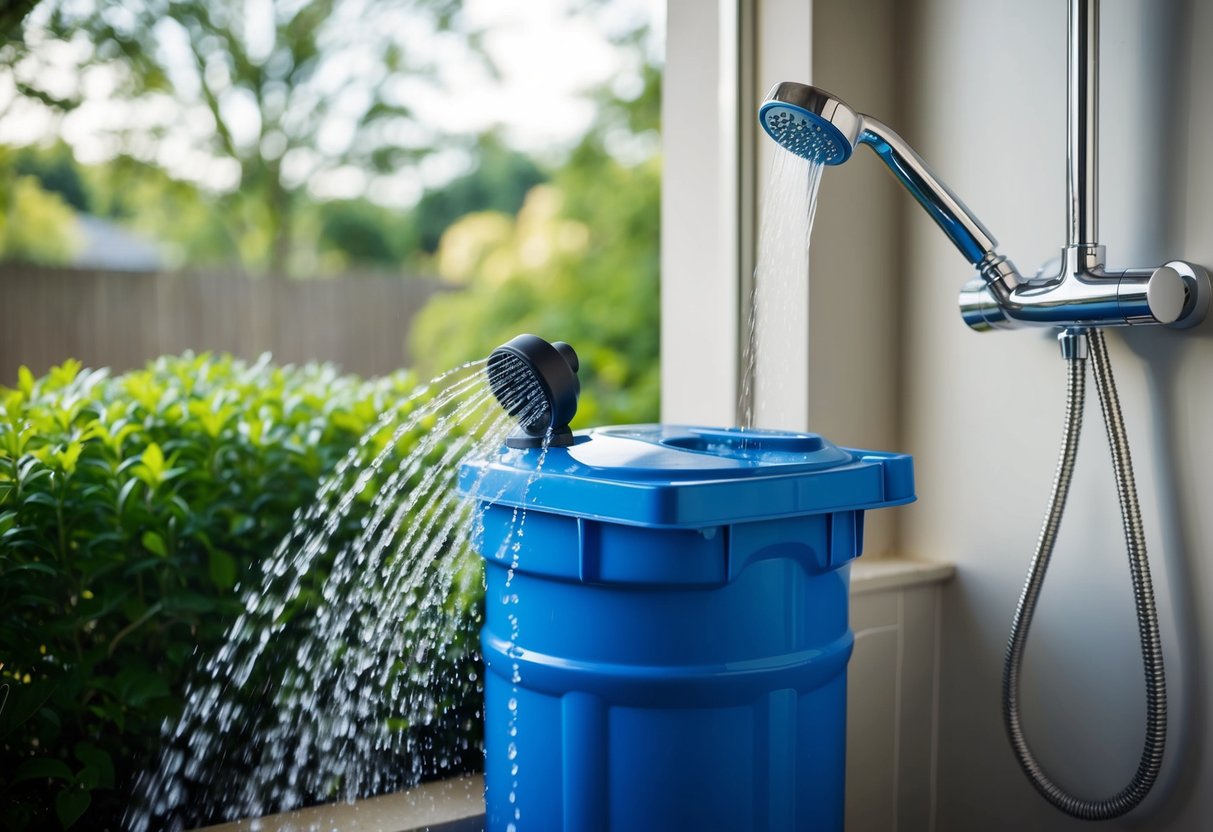Innovative DIY Projects for an Eco-Friendly Home
Water Conservation with DIY Projects

Water conservation can be effectively achieved through innovative DIY projects. Implementing rainwater collection systems and designing water-efficient plant irrigation setups are practical strategies to reduce water usage and promote sustainable living. These projects support eco-friendly practices by maximizing resource utilization and minimizing waste.
Rainwater Collection Systems
Creating a rainwater collection system is an impactful DIY project that supports sustainable water use. This system typically consists of gutters, downspouts, and storage barrels that collect rainwater from rooftops. The stored water can then be repurposed for gardening, cleaning, and other non-potable uses.
Installing a rainwater collection system involves several steps, including selecting appropriate containers and ensuring adequate filtration. Containers should be chosen based on the expected rainfall and available storage space. Ensuring clean collection is vital, so incorporating a mesh screen or filter to remove debris is advisable.
This system reduces dependency on municipal water supply, conserving a valuable resource. Beyond its eco-friendly benefits, it can also lead to cost savings on water bills over time.
Water-efficient Plant Irrigation
Water-efficient plant irrigation is another effective DIY project for conserving water at home. Incorporating drip irrigation or soaker hoses can significantly reduce water waste compared to traditional methods.
Drip irrigation systems deliver water directly to the plant roots, minimizing evaporation and runoff. This method ensures plants receive adequate hydration with a reduced amount of water, promoting sustainable living. Soaker hoses work similarly, distributing water evenly along the soil surface.
These systems can be customized for gardens of various sizes and are relatively simple to install. Selecting drought-resistant plant species complements the system, further reducing water needs. Through thoughtful design, water-efficient irrigation helps maintain a healthy garden while conserving an essential natural resource.
Crafting Upcycled Outdoor Furniture
Creating outdoor furniture from upcycled materials breathes new life into discarded objects while reducing environmental impact. With innovative DIY projects, it’s possible to transform pallets and tires into seating, tables, swings, and planters. These projects are cost-effective and reflect a sustainable lifestyle, offering both functionality and aesthetic appeal.
Pallet Seating and Tables
Utilizing pallets is an accessible way for DIY enthusiasts to craft unique outdoor furniture. These sturdy platforms can be transformed into stylish seating arrangements or tables with minimal effort. Sanding and sealing the wood ensures durability against the elements.
Arranging pallets in creative configurations forms unique designs. Adding cushions or upholstered pads enhances comfort and style. This approach not only utilizes upcycled materials but also offers endless flexibility in design, allowing homeowners to influence their outdoor space’s look and feel.
Tire Swings and Planters
Old tires can find new life in gardens as swings or planters. A tire swing provides a playful addition to any yard. Securing a rope through a tire and hanging it from a sturdy branch creates a delightful space for children or the young at heart.
For planters, simply cutting and painting tires adds color and creativity to garden spaces. Positioned strategically, these planters house flowers or herbs. Tires provide excellent insulation, keeping soil temperatures stable for plants. This method maximizes the use of upcycled materials while enhancing the aesthetic and functionality of garden areas.



